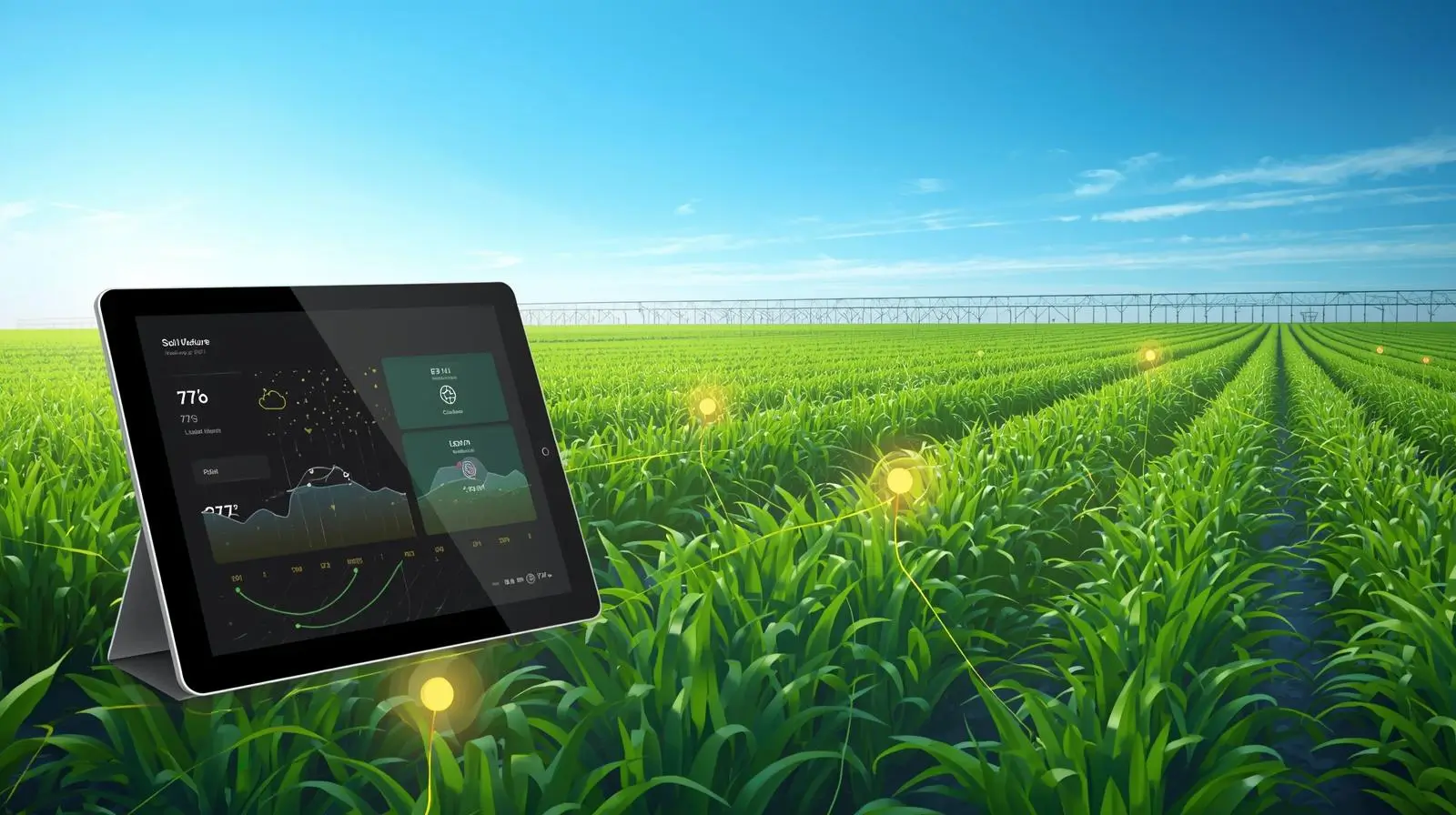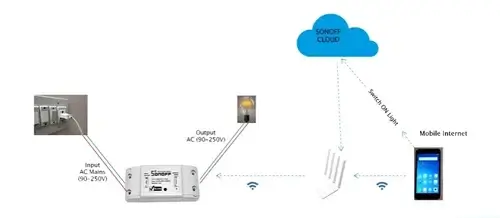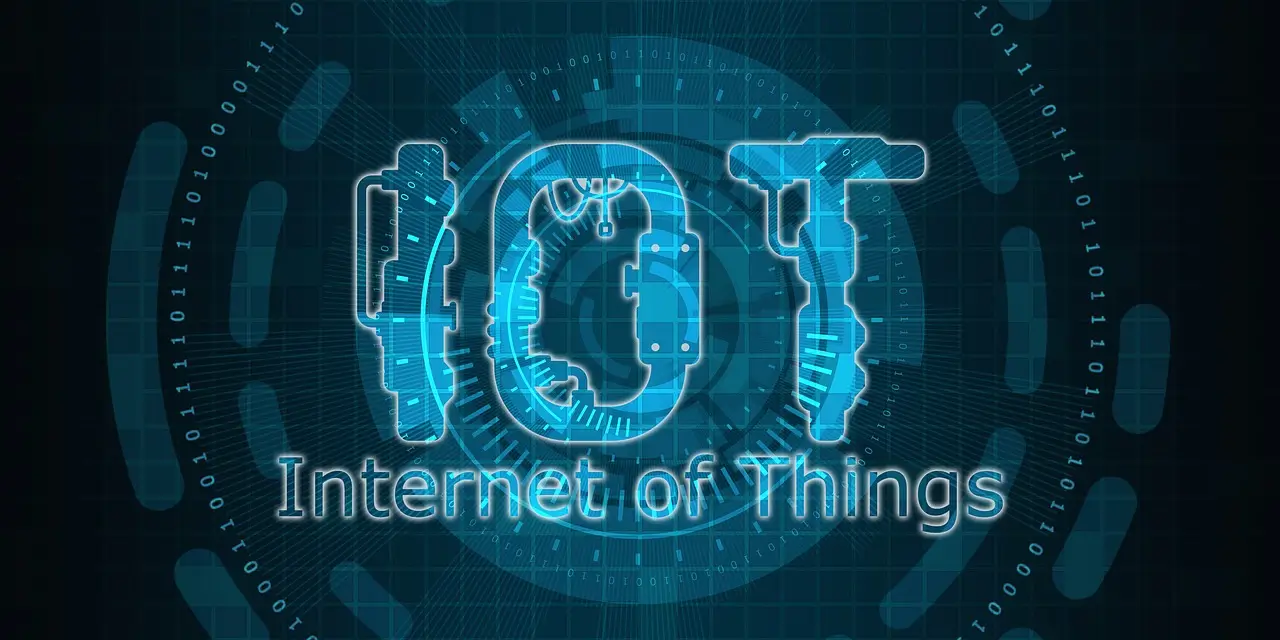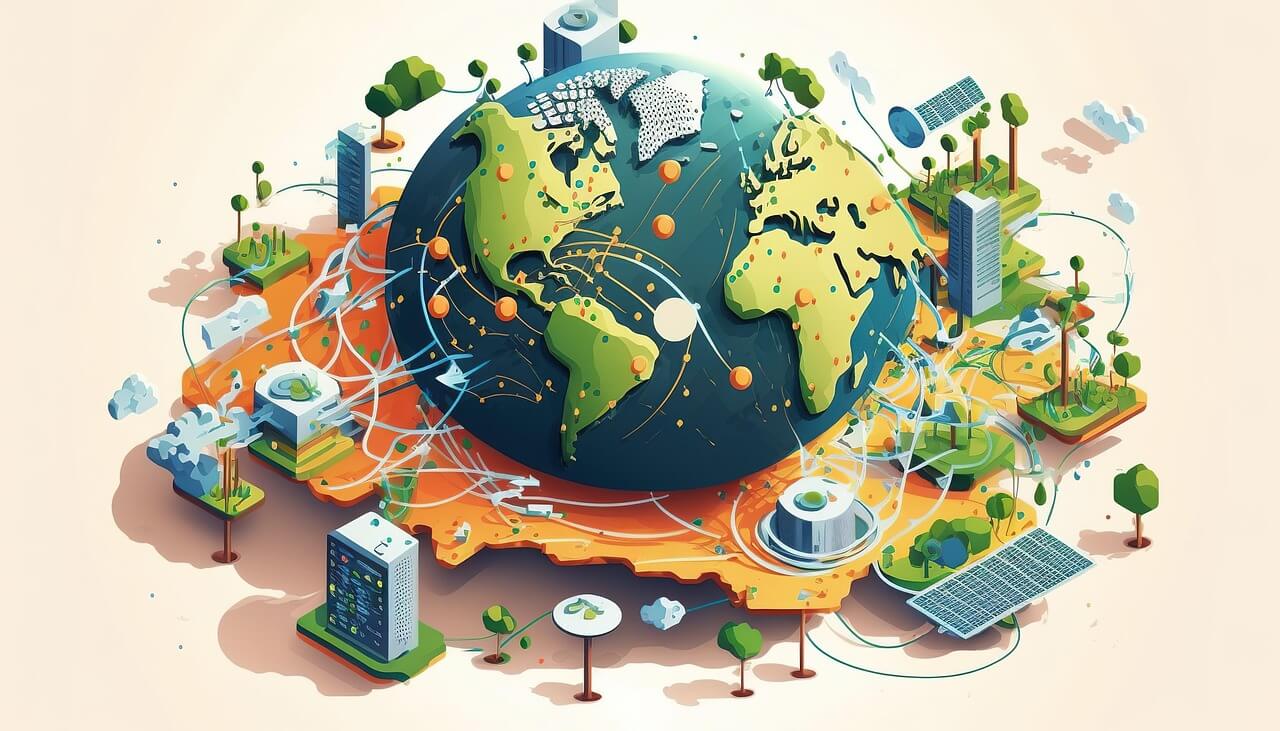Introduction
With the world’s population set to hit 9.7 billion by 2050, farmers face growing pressure to produce more food while using fewer resources. Traditional farming methods are no longer enough. That’s where the Internet of Things (IoT) comes in—a game-changer that makes farming smarter, more efficient, and sustainable using connected devices and real-time data.
This blog simplifies IoT in agriculture for tech enthusiasts, breaking down how it works, its benefits, and real-world uses.
🌱 What is IoT in Agriculture?
IoT in agriculture means using smart devices like sensors, drones, and apps to collect and analyze data about crops, soil, livestock, and weather. This data helps farmers make better decisions, save resources, and boost yields. It’s called precision farming—farming with pinpoint accuracy.
💡 How IoT Works in Farming
Here’s a quick look at the key tools powering IoT in agriculture:
- Smart Sensors
- Measure soil moisture, nutrients, temperature, humidity, or crop health.
- Example: A sensor tells you when soil is too dry, so you water only when needed. - Automated Irrigation
- Uses sensor data and weather forecasts to water crops efficiently.
- Control it via a smartphone app to save water and time. - Livestock Trackers
- Wearable devices monitor animal health, location, and activity.
- Example: Spot a sick cow early with temperature alerts. - Drones
- Capture aerial images to check crop health, pests, or irrigation issues.
- No need to walk the fields manually. - Smart Greenhouses
- Automatically adjust light, temperature, and humidity for perfect growing conditions.
📊 Why IoT Matters for Farming
Here are the top benefits for farmers and the planet:
- Higher Yields: Data helps optimize planting, watering, and fertilizing for better crops.
- Water Savings: Smart irrigation cuts waste by watering only when necessary.
- Healthier Crops: Real-time monitoring ensures crops get exactly what they need.
- Remote Control: Manage farms from anywhere using apps or dashboards.
- Eco-Friendly: Reduces water, fertilizer, and pesticide waste for sustainable farming.
🔧 Real-World IoT Examples
| IoT Tool | What It Does | Example |
|---|---|---|
| Precision Farming | Uses data for smarter crop decisions | John Deere’s Connected Farm |
| Smart Irrigation | Waters crops based on soil and weather data | CropX, Netafim |
| Livestock Monitoring | Tracks animal health and location | Cowlar Smart Collars |
| Drones | Analyzes fields with aerial imaging | DJI Agras Drones |
| Weather Systems | Predicts local weather for better planning | The Climate Corporation |
🚀 What’s Next for IoT in Farming?
The future is exciting for IoT lovers! Here’s what’s coming:
- AI: Predicts crop yields or pest risks using advanced analytics.
- 5G: Faster data transfer for real-time insights.
- Blockchain: Tracks food from farm to table for transparency.
- Robots: Automates planting, harvesting, and weeding.
The IoT agriculture market is expected to grow from $14.5 billion in 2023 to $30 billion by 2028, driven by demand for food and eco-friendly practices.
⚙️ Challenges to Overcome
While IoT is powerful, it’s not perfect:
- Cost: Expensive for small farmers, though subsidies are helping.
- Connectivity: Rural areas often lack reliable internet.
- Data Security: Protecting farm data is critical.
- Training: Farmers need to learn how to use IoT tools.
Agri-tech startups and governments are tackling these with affordable devices and training programs.
🌍 Why IoT Lovers Should Care
IoT in agriculture isn’t just about farming—it’s about using tech to solve real-world problems. For IoT enthusiasts, this is a playground of sensors, data, and automation with a massive impact: feeding the world sustainably.
✨ Final Thought
“Smart farming isn’t about machines taking over—it’s about giving farmers the data to make every seed and drop of water count.”
Get excited, IoT lovers! Agriculture is becoming a hub of innovation, and you’re at the forefront of this revolution.




